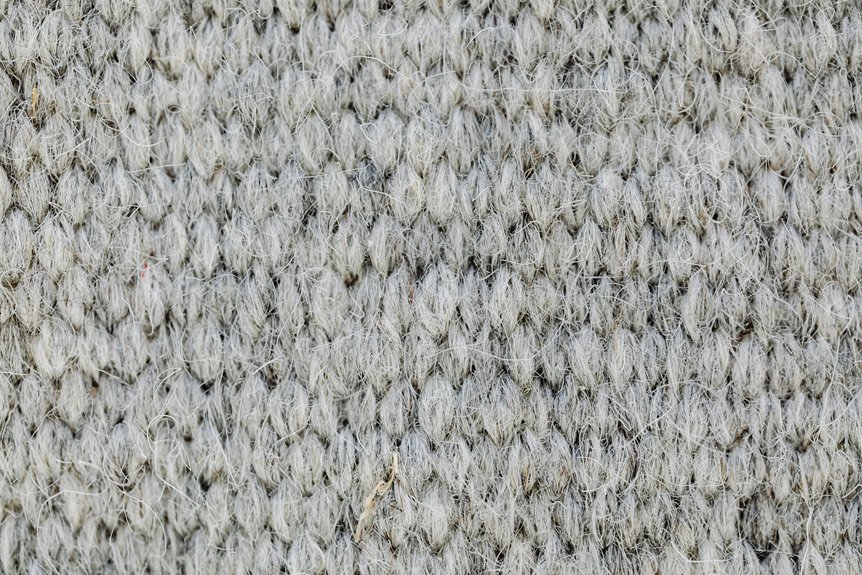25mm PIR insulation boards offer outstanding thermal performance, making them an excellent choice for improving energy efficiency in buildings. These boards are suitable for various applications, including floor, wall, roof, and cavity insulation, due to their high compressive strength and capacity to reflect radiant heat.
They are straightforward to install, provided that proper sealing and fitting techniques are employed. Durable and environmentally friendly, these boards are often manufactured using recycled materials.
Explore the many advantages of 25mm PIR insulation boards and how they can enhance specific projects and installations, ensuring optimal comfort and energy savings in your space.
Key Features and Benefits of 25MM PIR Boards
25mm PIR insulation boards are renowned for their impressive blend of performance, durability, and straightforward installation. They deliver exceptional thermal insulation, effectively minimising heat transfer with a low lambda value. The boards significantly enhance energy efficiency, leading to reduced energy costs by improving insulation for walls, roofs, and floors.
These boards maintain consistent thermal performance, even in thinner profiles, and feature foil facings that reflect radiant heat, further contributing to their energy-saving capabilities.
With a robust core providing high compressive strength, they’re well-suited for load-bearing applications such as floors and roofs.
Lightweight and easily cut to size, these boards simplify the installation process, offering a reliable and space-efficient insulation solution for a diverse array of building projects.
Whether for residential or commercial applications, 25mm PIR insulation boards present an effective means to achieve enhanced thermal performance and energy efficiency.
Suitable Applications for 25MM PIR Insulation
Insulation boards with a thickness of 25mm are highly versatile and suitable for various building applications due to their exceptional thermal performance and ease of installation.
These boards are commonly used for ground floor insulation, either positioned above or beneath concrete slabs to mitigate moisture ingress, or placed between suspended timber joists to enhance energy efficiency. They also serve effectively in upgrading existing floors in both residential and commercial properties.
For external walls, these boards are ideal for cavity wall insulation, as well as internal and external linings, providing a means to restore thermal comfort in masonry structures. Their low thermal conductivity ensures they achieve high R-values even at thinner profiles.
In roofing applications, 25mm PIR insulation is suitable for both pitched and flat roof systems, including balconies and loft spaces, assisting in maintaining warmth indoors while keeping the cold at bay.
Additionally, their durability and load-bearing capacity make them a popular choice in industrial and commercial settings, further broadening their applicability in the construction sector.
Installation Tips and Best Practices for 25MM PIR
Proper installation of PIR insulation boards involves careful measurement, precise cutting, and secure fitting to ensure maximum thermal performance.
First, measure the exact space between floor joists or wall battens to cut boards accurately, preventing gaps that can reduce efficiency. Use appropriate tools for crisp cuts, avoiding cracks that lead to thermal bridging. Handling PIR boards with care prevents damage during installation, ensuring the insulation maintains its integrity and insulating properties. Fit the boards tightly, staggering joints if layering, and cut openings carefully for pipes or cables to maintain a continuous insulation layer. Support the boards with treated timber battens, clips, or nails to prevent movement. Seal small gaps with expanding foam or sealant, and ensure larger gaps are filled with additional PIR pieces. Use membranes or vapour barriers thoughtfully, and fix boards securely around perimeters and penetrations for a well-insulated, long-lasting result.
Environmental Advantages and Sustainability of PIR Insulation
Due to its innovative design and manufacturing processes, PIR insulation provides significant environmental advantages that align with sustainability objectives. It effectively reduces energy consumption by creating efficient air barriers, which in turn lowers heating and cooling requirements—enhancing the overall efficiency of buildings. This reduction in energy use contributes to a notable decrease in carbon emissions, akin to the environmental benefit of extensive tree planting.
PIR insulation incorporates recycled materials and utilises eco-friendly blowing agents, thereby minimising its impact on the environment. Its lightweight nature contributes to lower transportation energy demands, and its durability prolongs the lifespan of buildings, ultimately reducing waste.
| Environmental Benefit | Description |
|---|---|
| Energy Savings | High thermal resistance reduces energy consumption |
| Low Environmental Impact | Utilises non-ozone-depleting agents |
| Longevity & Waste Reduction | Long-lasting, reusable, and recyclable |
Conclusion
25mm PIR insulation provides an effective and robust solution for improving energy efficiency in buildings. With its excellent thermal performance and straightforward installation, it is suitable for a range of applications, including walls, roofs, and floors.
The environmental advantages of PIR insulation, such as its recyclability and minimal ecological impact, align with sustainability objectives. By opting for 25mm PIR boards, you can enhance comfort within your space, lower energy expenses, and support eco-friendly construction practices.
In summary, this insulation material not only delivers reliable thermal performance but also contributes positively to the environment, making it a wise choice for modern building projects.

